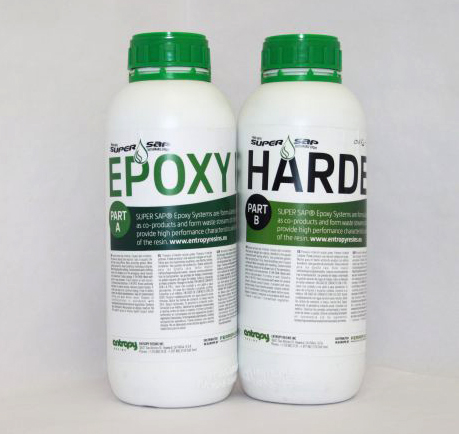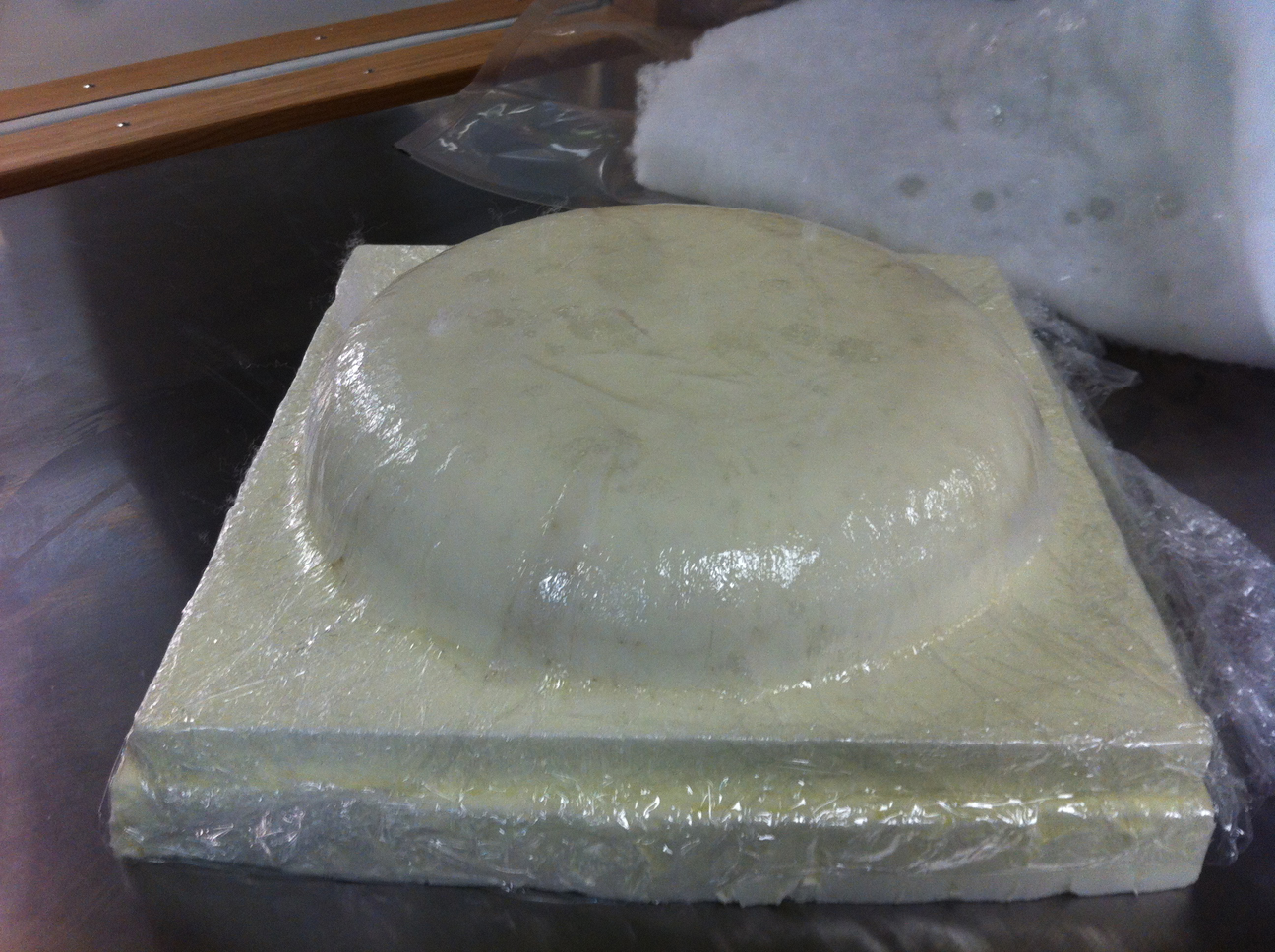
2
I wanted to lasercut the fabric for the composite, so I sketched a design for this too. It must be possible to have a direct Fusion 360 - Lasercutter workflow, but for this Composites assignment I decided not to spend time on figuring out how to do this. Instead I exported the sketch as a .pdf file for further processing in Inkscape.

10
A 4th toolpath was needed to cut out the model from the stock. Although the stock height was 10 cm, I gave this toolpath a depth of only 7 centimeters to avoid practical problems later due to the maximum depth our Shopbot can cut. To remove the mould from the stock I would have to cut the remaining centimeters by hand.

15
As in Week 7, from here I followed the steps in this Icelandic Öryggireglur, including the Spindle Warm up Routine to warm up the spindle from 9000 to 12000 RPM. Before starting the cutting job one additional test was done to check on the critical 70mm cutting depth.

17
Since the first pass was about "clearing large quantities effectively" there were also large quantities of styrofoam parts flying around and filling the model. I tried to reduce the mess by constantly vacuum cleaning out as much material as possible, hence keeping the cutting paths relatively open.

28
Once the foam mould and fabric circles were ready, it was time to make the composite model itself. This checklist was used (based on the one a co-student made before) to gather everything needed ....

42
... it was very hard to remove the cling film itself from the model: the thin polyesther fabric had wrinkled, folding in the thin plastic sheet. I teared off the excess cling film from the borders, looked at the model and concluded it had a very special charm: it looked fluffy and fragile while in fact it wass very strong and totally unbreakable. I really like the result of this week's assignment and everything I learned and achieved while getting there!





.png)








.png)





















